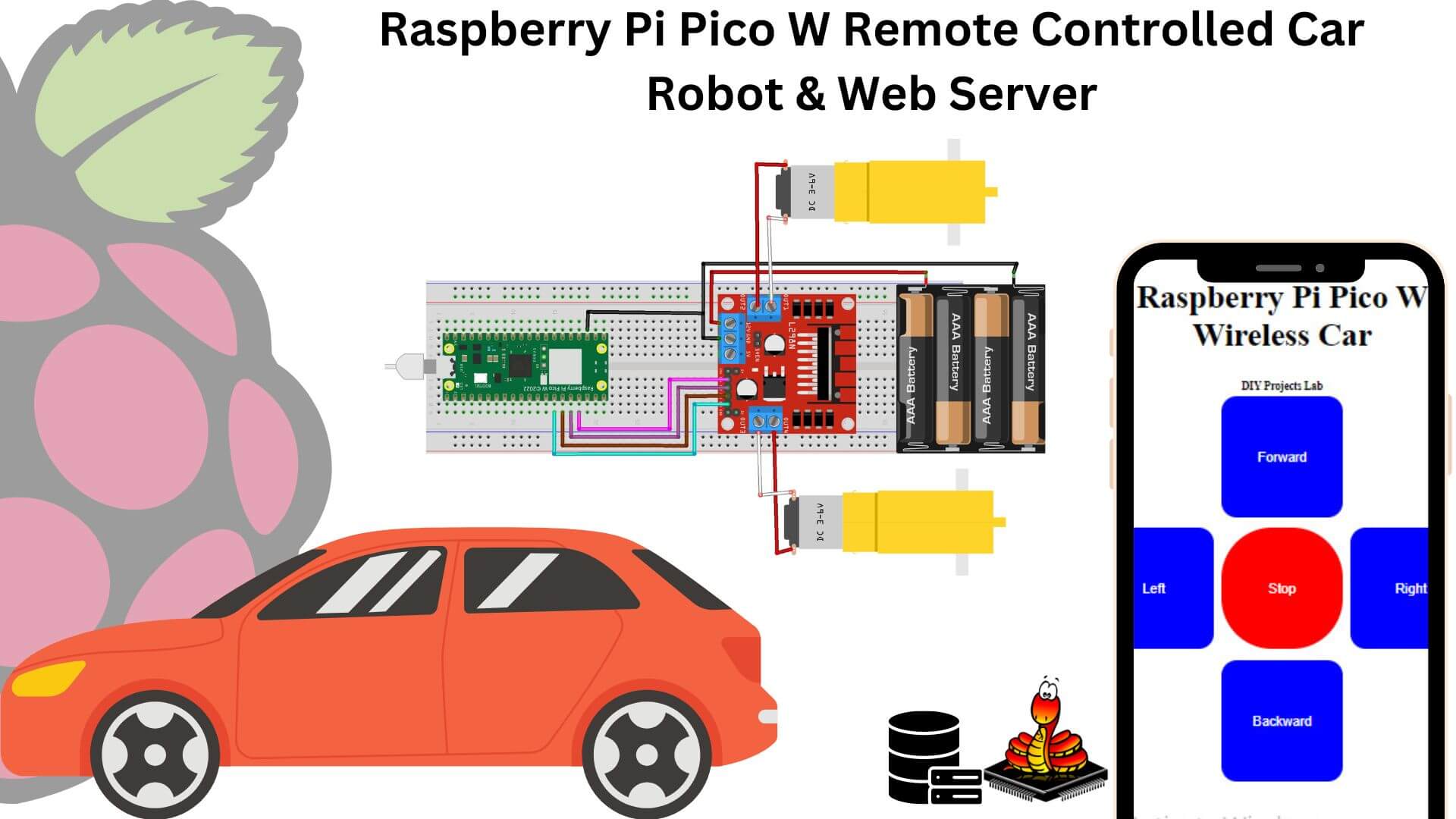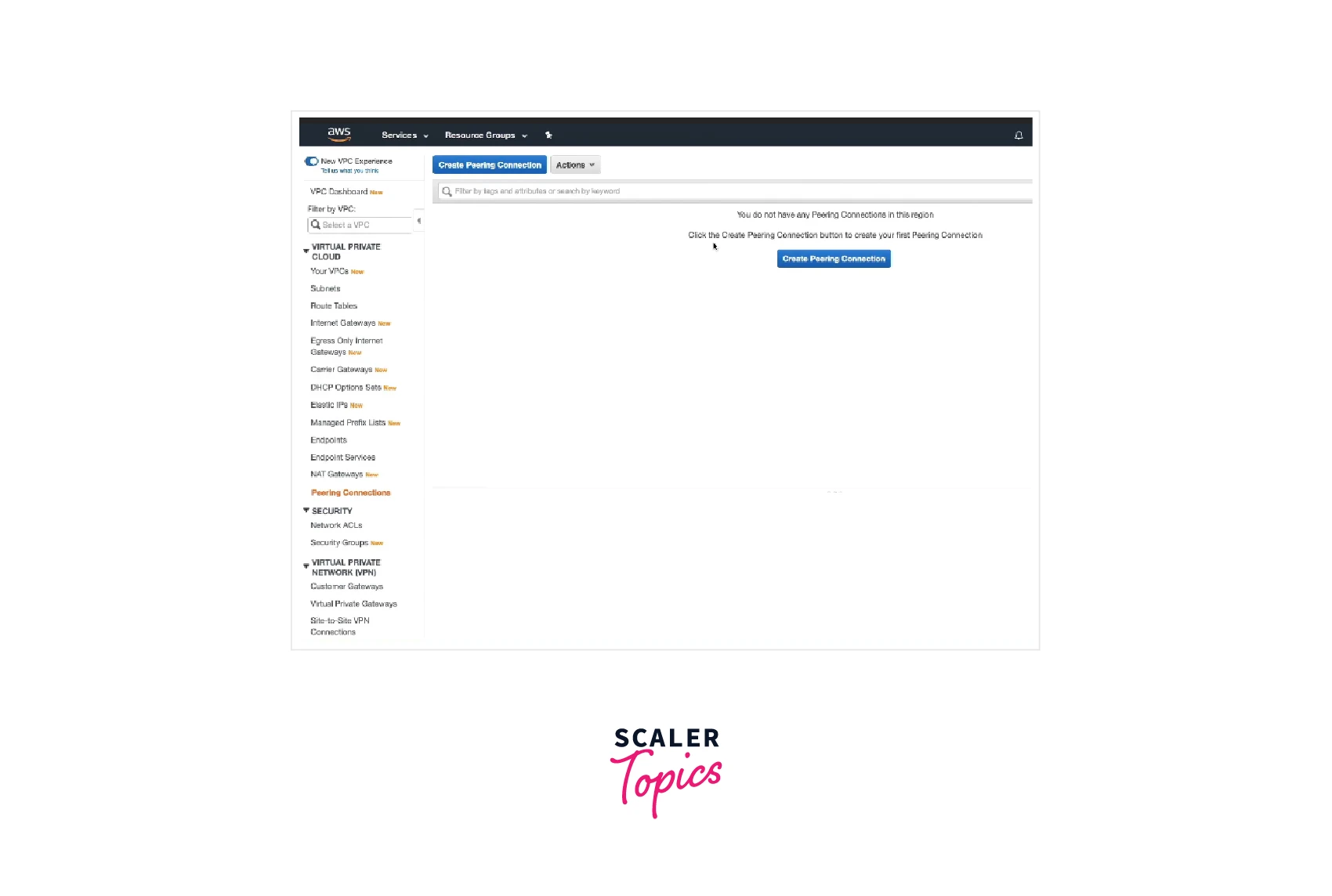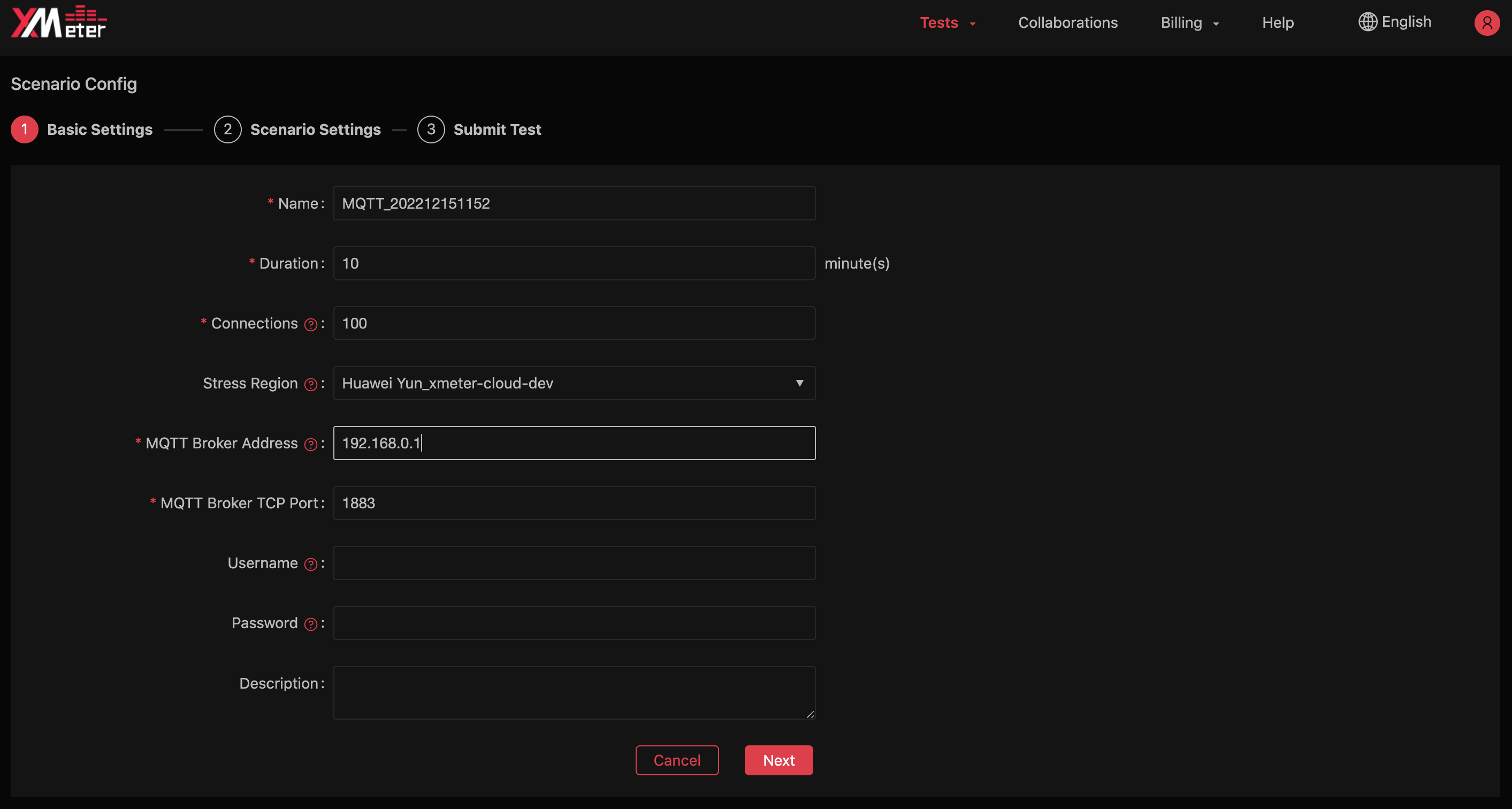RemoteIoT VPC Review - Your Cloud Networking Companion
So, you've got a bunch of internet-connected gadgets, maybe even a whole collection of them, and you're wondering how to keep them all talking to each other and to your systems in a way that feels safe and sound. It's a common thought, especially as more and more things around us get connected to the web. You want to make sure your devices are doing what they should, sharing information, and staying out of trouble, all without having to be right there next to them.
This is where something like RemoteIoT VPC comes into the picture, you know, as a way to create a sort of private space for your devices within the larger cloud. Think of it, in a way, like having your own special room in a very big building, a room where only your things can go and where they can talk freely and securely. This kind of setup is especially helpful for devices that are out in the world, far from your main office or home base, needing to send and receive information constantly.
We're going to take a good, close look at RemoteIoT VPC, what it offers, and what it might mean for how you handle your connected devices. By the time we're done here, you should have a pretty good idea if this particular approach is a good fit for what you're trying to do with your cloud setups and all your little internet-enabled helpers.
- %C3%B0%C3%B0%C2%B5%C3%B1%C3%B1%C3%B0%C2%B5%C3%B0%C3%B0%C2%BA%C3%B0
- How Old Is Paula Deen
- Linda Mcingvale
- How Much Is Courteney Cox Worth
- Joe Santagato Wife
Table of Contents
- What is a Virtual Private Cloud for IoT, really?
- How does RemoteIoT VPC help with IoT security?
- Getting to know RemoteIoT VPC: A closer look at its features
- RemoteIoT VPC Review - What makes it stand out?
- Is RemoteIoT VPC the right fit for your devices?
- RemoteIoT VPC Review - Thinking about potential downsides
- What about using RemoteIoT VPC with your Raspberry Pi?
- RemoteIoT VPC Review - Making it work for you
What is a Virtual Private Cloud for IoT, really?
So, what exactly is this "Virtual Private Cloud" thing when we're talking about all your internet-connected gadgets? Well, it's pretty much what it sounds like, actually. It's a section of a public cloud service, like those big ones you hear about, that's set aside just for you. It's like having your own little corner, a very private space, where your Internet of Things (IoT) devices and the applications that go with them can live and work without being exposed to everyone else on the public internet. This means your data and communications stay separate and protected, which is a big deal when you're dealing with sensitive information or critical operations.
This private area is specifically put together for the particular needs of IoT gadgets and the programs they use. You see, these devices often send small bits of information very often, and they need to do it quickly and reliably. A dedicated space helps make sure that happens. It's not just about keeping things safe, though that's a huge part of it. It's also about making sure everything runs smoothly, almost as if all your devices were sitting right next to each other, even if they're spread out all over the place. That, in some respects, is a pretty neat trick.
Whether you've got just a couple of these devices, or perhaps a whole army of them, RemoteIoT VPC is, you know, set up to handle it. It's built to grow with you, so if you start small and then add more devices later, it can typically keep up without much fuss. This kind of setup is quite flexible, which is really helpful for anyone trying to manage a growing collection of connected things. It’s a bit like having a network that stretches and shrinks to fit what you need, rather than being stuck with a fixed size.
How does RemoteIoT VPC help with IoT security?
When we talk about RemoteIoT VPC, it's true that keeping things secure is a big part of the conversation, but it's not the only thing on its mind. However, let's just focus on that for a moment, because it's a very important piece of the puzzle. This system creates a secure, isolated place where all your IoT gadgets can talk to each other, hold onto their information, and process what they need to do without letting sensitive stuff get out onto the wider internet. It's kind of like building a high fence around your property, keeping unwanted visitors out while still letting you do your work inside.
The way it works means that your devices are communicating within their own private bubble, which makes it much harder for anyone outside that bubble to listen in or mess with what's going on. It offers things like automated scaling, which means it can adjust its size to handle more or less activity, and very strong ways of keeping things safe. Plus, it connects up without any fuss to other cloud services, which is pretty handy for modern setups that mix and match different parts of the cloud. This means you can, you know, focus on coming up with new ideas and building cool things, while RemoteIoT VPC handles the heavy lifting of keeping your network in good shape.
This is especially good for businesses of all sizes, from the smallest startup to a much larger operation. It helps make things safer, lets you grow easily, and gives you lots of choices in how you set things up. In other words, it takes a lot of the worry out of managing your connected devices, letting you get on with the actual work. So, really, it's about giving you peace of mind while your devices do their job.
Getting to know RemoteIoT VPC: A closer look at its features
Let's take a closer look at what RemoteIoT VPC actually brings to the table. It's more than just a way to connect your devices; it offers some rather interesting abilities that can make managing your IoT setup much easier. For instance, it has features that let it grow or shrink automatically depending on how much activity your devices are generating. This means you don't have to constantly adjust things yourself, which is pretty convenient. If you suddenly have a lot more data coming in, the system can, you know, expand to handle it without you having to do anything special.
Then there are the security measures. It uses some very good ways to keep your information and devices safe from unwanted eyes or hands. These ways of keeping things safe are built right into the system, which gives you a good feeling of protection. And, as we mentioned before, it connects up very smoothly with other cloud services you might already be using. This is a big deal because many modern setups use a mix of different cloud tools, and having something that plays well with others makes everything simpler. Basically, it's all about making sure your network runs itself as much as possible, so you can spend your time on what really matters.
This kind of setup means you can, in a way, just concentrate on creating new things or improving your products, while RemoteIoT VPC takes care of the behind-the-scenes work of keeping your device network running. It's like having a very capable assistant who manages all the technical details of your network, leaving you free to innovate. That, you know, can save you a lot of time and effort in the long run.
RemoteIoT VPC Review - What makes it stand out?
So, what exactly helps RemoteIoT VPC stand out from other options out there? Well, one of the big things is its ability to work with most of the major cloud service providers you've heard of, like Amazon Web Services, Microsoft Azure, and Google Cloud. This is a pretty big advantage, as it means you can usually pick the cloud service that you're already familiar with, or the one that fits your spending plan best. You're not locked into just one choice, which gives you a lot of freedom, basically.
Another point that makes it noteworthy is how it helps you manage your IoT devices from, you know, anywhere in the world. It's a strong and dependable way to keep an eye on things and make sure they're working as they should, no matter where you happen to be. This is becoming more and more important as devices are placed in all sorts of far-flung locations. Being able to access and manage them without having to travel is a huge plus, honestly.
It also provides a good balance of enhanced safety, the ability to grow as you need it to, and choices in how you set things up. These are things that many businesses, big or small, really appreciate. It's a tool that can help make your IoT operations more efficient and, you know, more secure, which is something everyone wants. It's a bit like having a tool that adapts to your needs rather than forcing you to adapt to it.
Is RemoteIoT VPC the right fit for your devices?
You might be wondering if RemoteIoT VPC is truly the best choice for what you're trying to achieve with your connected gadgets. To figure that out, it's a good idea to think about what you need most. Do you have a lot of devices that need to talk to each other without interruption? Is keeping your data very private a top concern? These are the kinds of questions that can help you decide. For many people, having a dedicated, private space for their IoT devices within the cloud is a very appealing idea, as a matter of fact.
The system is built to handle things whether you're just starting out with a few devices or if you're managing a very large collection. It's also pretty good at connecting with other cloud services you might be using, which means it can fit into your current setup without causing too much disruption. This makes it a good option for modern ways of doing things that often involve mixing and matching different cloud tools. It's a bit like a piece of a puzzle that fits well with many other pieces, you know.
This review, you see, is meant to give you a clearer picture of what RemoteIoT VPC offers, what its good points are, and also any things you might want to think about that aren't so great. The idea is to give you enough information so you can make a well-thought-out choice for your own cloud networking needs. It's about giving you the tools to decide if this particular solution aligns with what you're hoping to accomplish.
RemoteIoT VPC Review - Thinking about potential downsides
While RemoteIoT VPC brings a lot of good things to the table, it's always smart to think about any potential downsides or things that might not be a perfect fit for everyone. For instance, while it aims to make things simpler, setting up any virtual private cloud can, in some respects, take a little bit of effort and some technical know-how at the beginning. It's not usually a "plug and play" situation right out of the box for complex setups.
Also, while it works with many cloud platforms, you still need to pick one that, you know, lines up with your current systems and your spending plan. Each cloud provider has its own way of doing things, and getting familiar with those specific details will be part of the process. It's a bit like learning the quirks of a new car, even if you know how to drive, basically.
And though it handles things like automated scaling and strong safety measures, you'll still need to be aware of how your devices are performing within this setup. Checking on things like how much data is being used, or how quickly your devices are responding, is still important for making sure everything is running as it should. So, it's a powerful tool, but it still needs a watchful eye to get the most out of it.
What about using RemoteIoT VPC with your Raspberry Pi?
For those of you who enjoy working with Raspberry Pi devices, you might be particularly interested in how RemoteIoT VPC can fit into your projects. This system is looked at very closely to see how a Raspberry Pi performs when it's part of a remote IoT virtual private cloud. This kind of check is really important for making sure your deployments work well. It covers important parts that help make sure things are safe, work efficiently, and can grow if you need them to.
This review looks deep into the features, the good points, and any possible limits of RemoteIoT VPC, especially for Raspberry Pi fans. Whether you're just starting out with these little computers or you're already a very experienced user, this platform offers some exciting possibilities for what you can do. It's about seeing how this setup can help you get the most out of your Pi projects, you know, making them more powerful and more secure.
It's a very helpful guide that gives a careful overview of the RemoteIoT Virtual Private Cloud service. It explores the details of RemoteIoT, virtual private cloud networks, Raspberry Pi, and Amazon Web Services, among others, to help you put together a very strong system. It's about giving you the practical steps and good ways of doing things so you can manage your IoT devices from, you know, pretty much anywhere in the world.
RemoteIoT VPC Review - Making it work for you
So, putting it all together, RemoteIoT VPC offers a strong and dependable way to manage your internet-connected devices, no matter where they are. It's not just about getting them online; it's about making sure they're safe, can handle more work when needed, and can connect with other services without a hitch. This means you can spend your time on what you do best, like creating new things or improving your services, while the system takes care of the complicated network stuff. It's, you know, a pretty good arrangement.
The core idea here is to give you a secure, separate place where all your IoT gadgets can talk, keep their information, and do their work without letting any private details get out onto the public internet. This kind of environment is crucial for keeping your operations safe and sound. It's a bit like having a very private conversation in a crowded room, where only the people you want to hear can actually hear you.
This system is a very useful tool for managing IoT deployments in a way that's both secure and works well. From better safety to the ability to grow and be flexible, it brings many good things for businesses of all different sizes. It's about giving you the peace of mind that your devices are well-managed and protected, allowing you to focus on the bigger picture of your work and what you want to achieve.
- Paula Dean
- Dick Mcdonald Net Worth
- Cisco Adler Net Worth
- Kirstentoosweet Nude Onlyfans
- Melanie Martinez Husband

RemoteIoT VPC Review: Revolutionizing Raspberry Pi Projects

VPC Peering - Scaler Topics

VPC Peering Connections | XMeter Cloud Docs